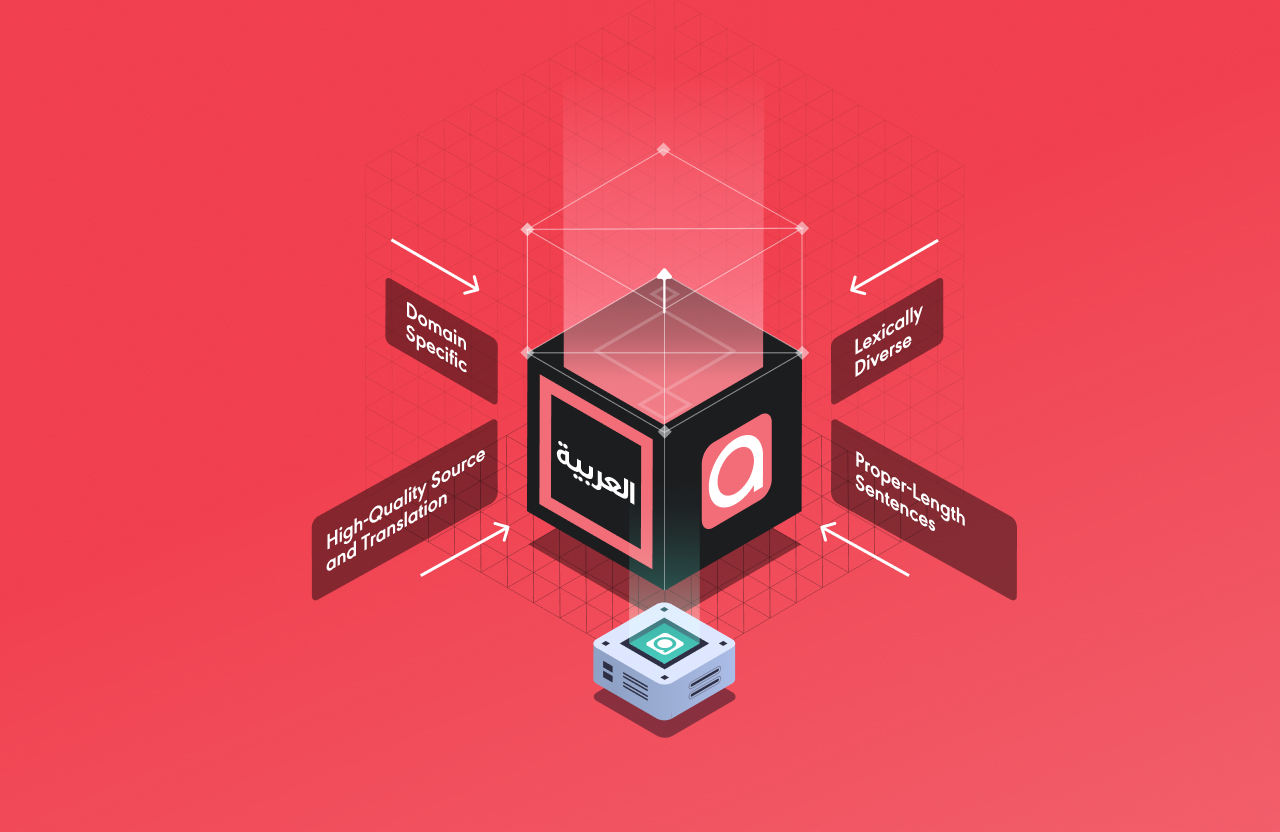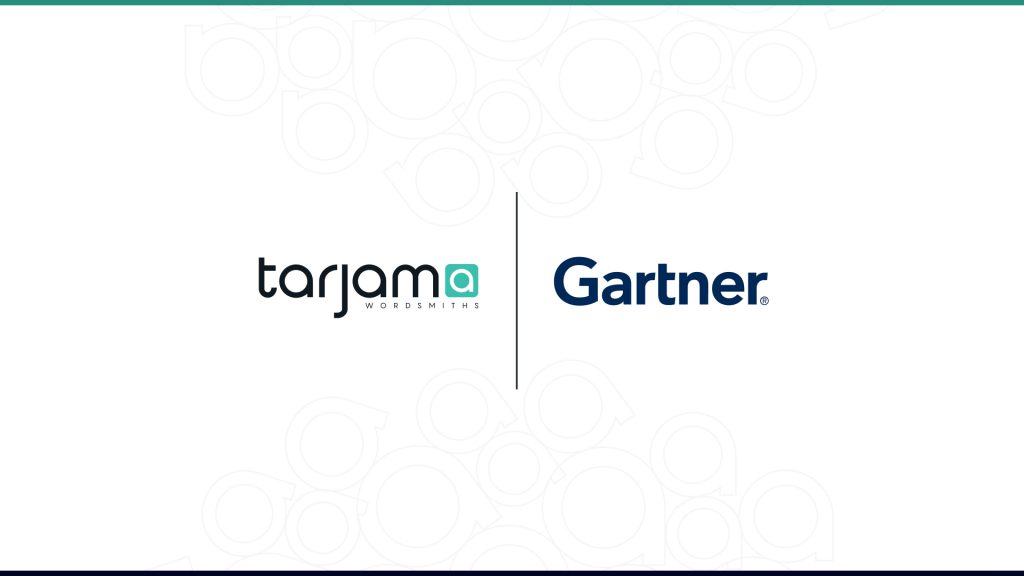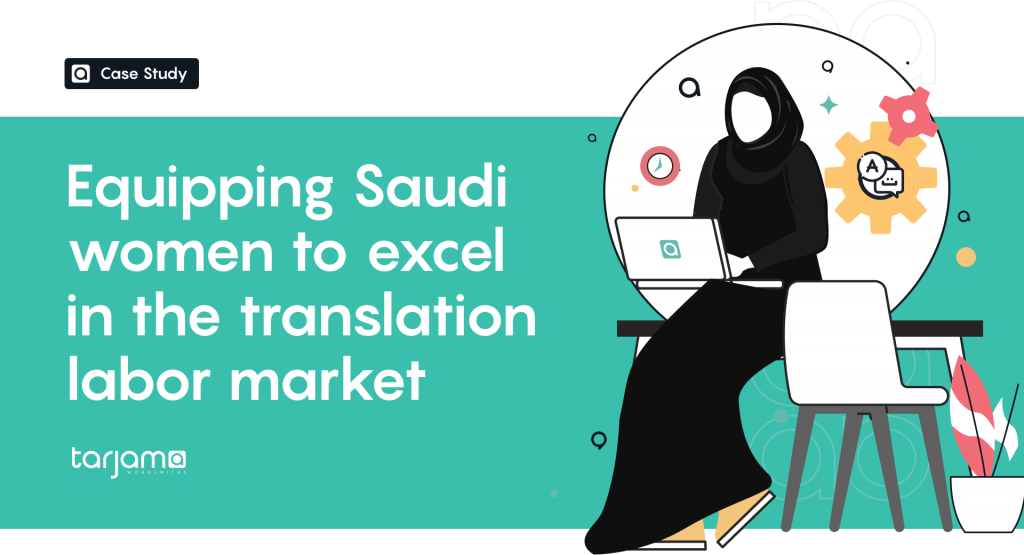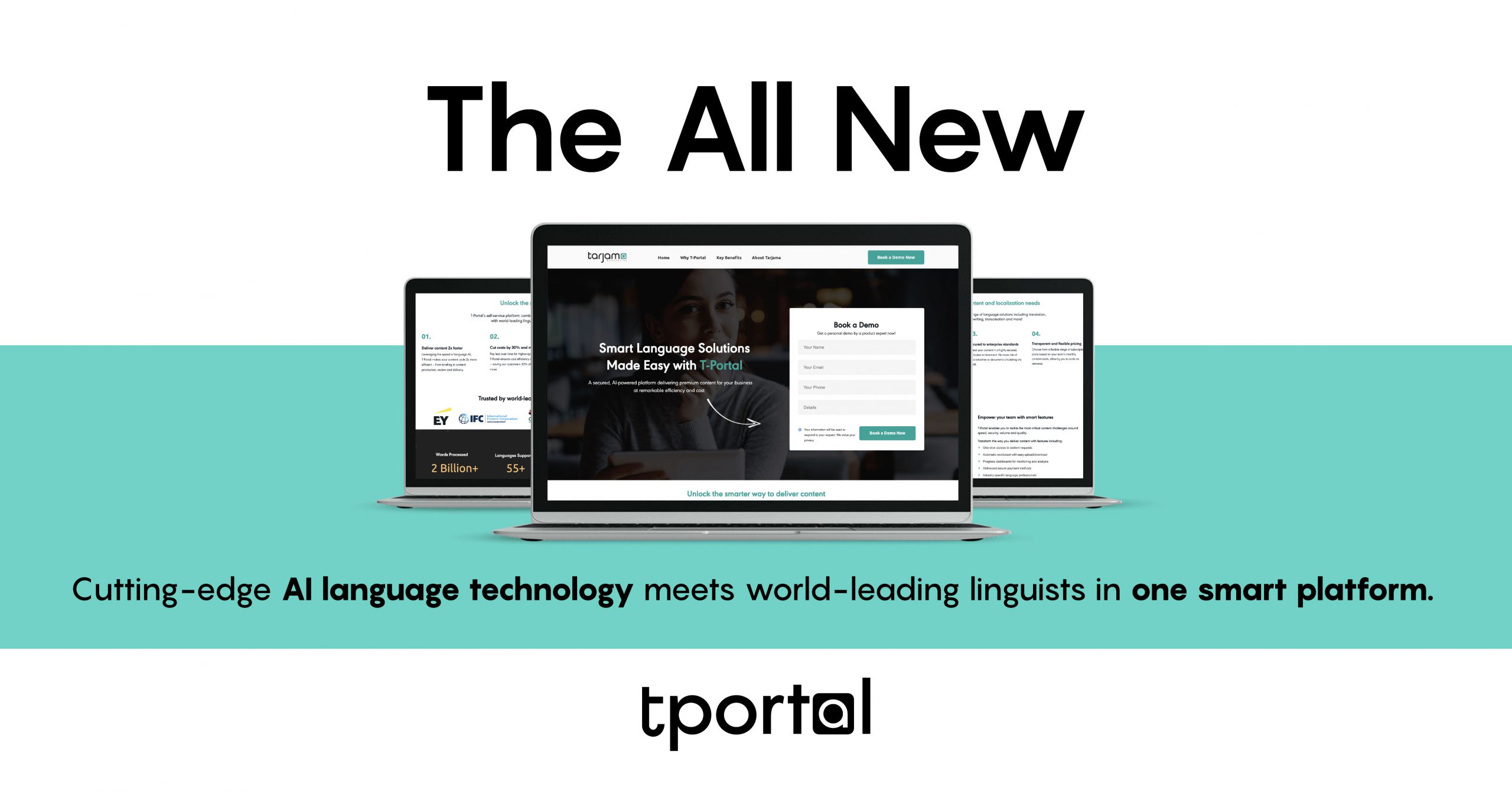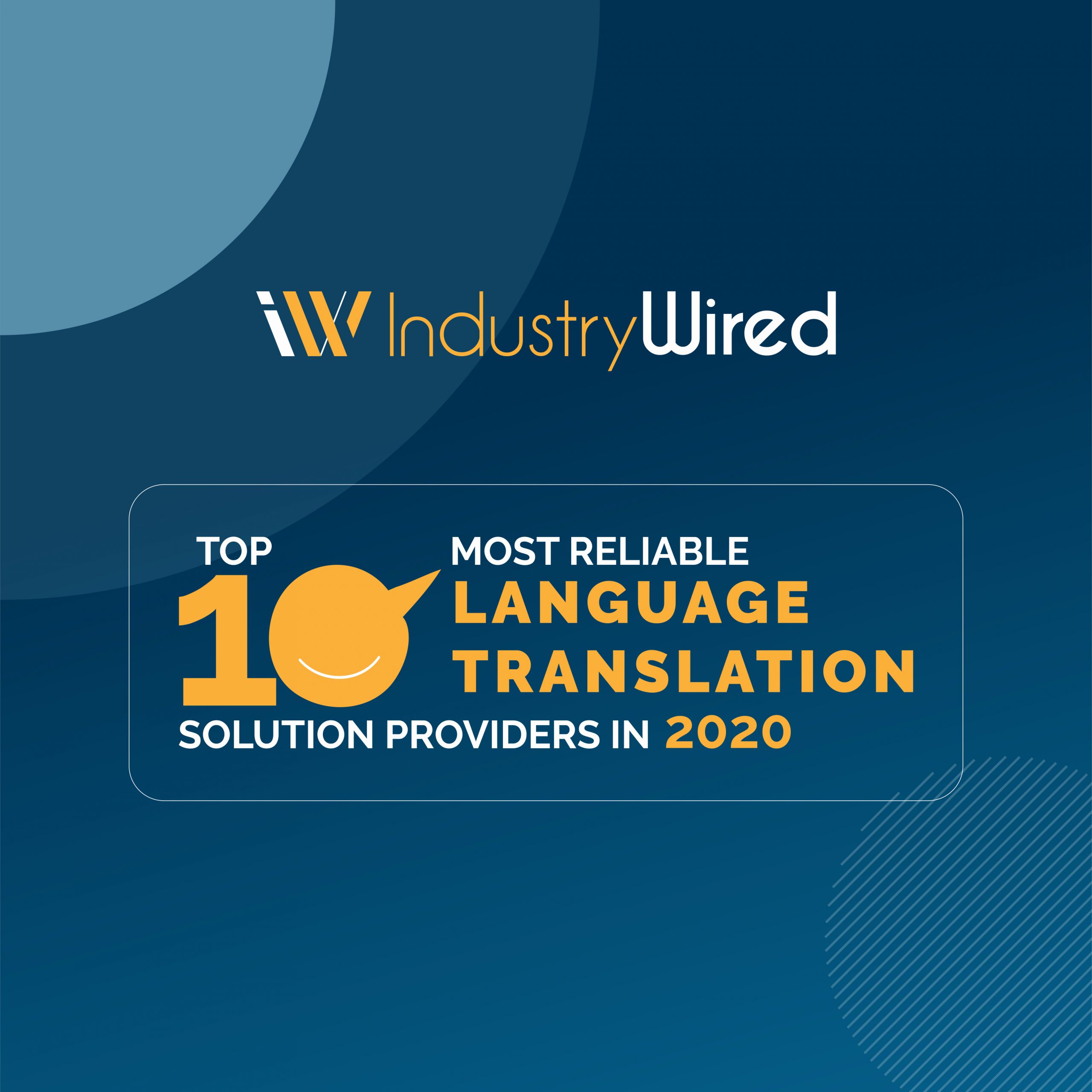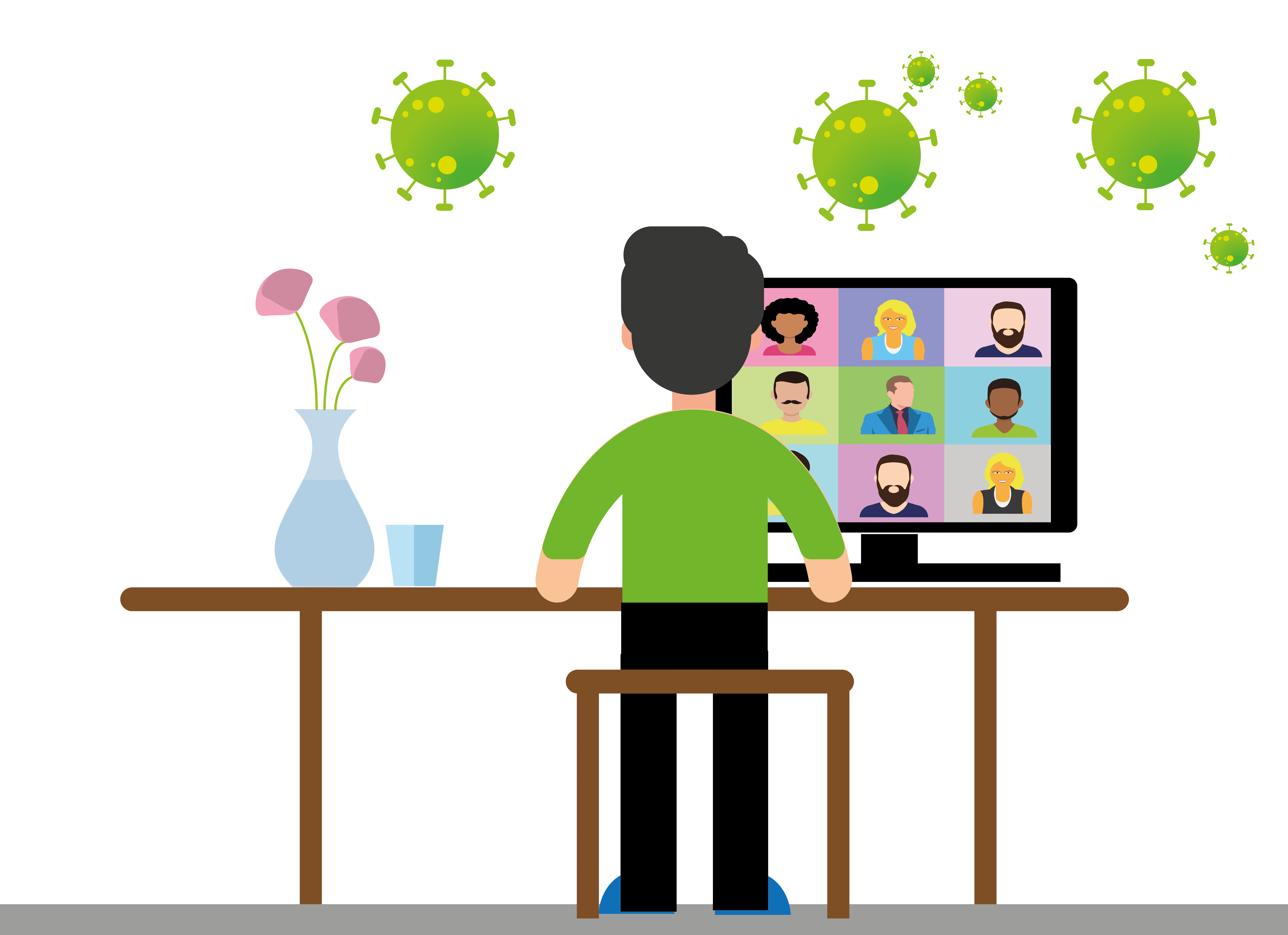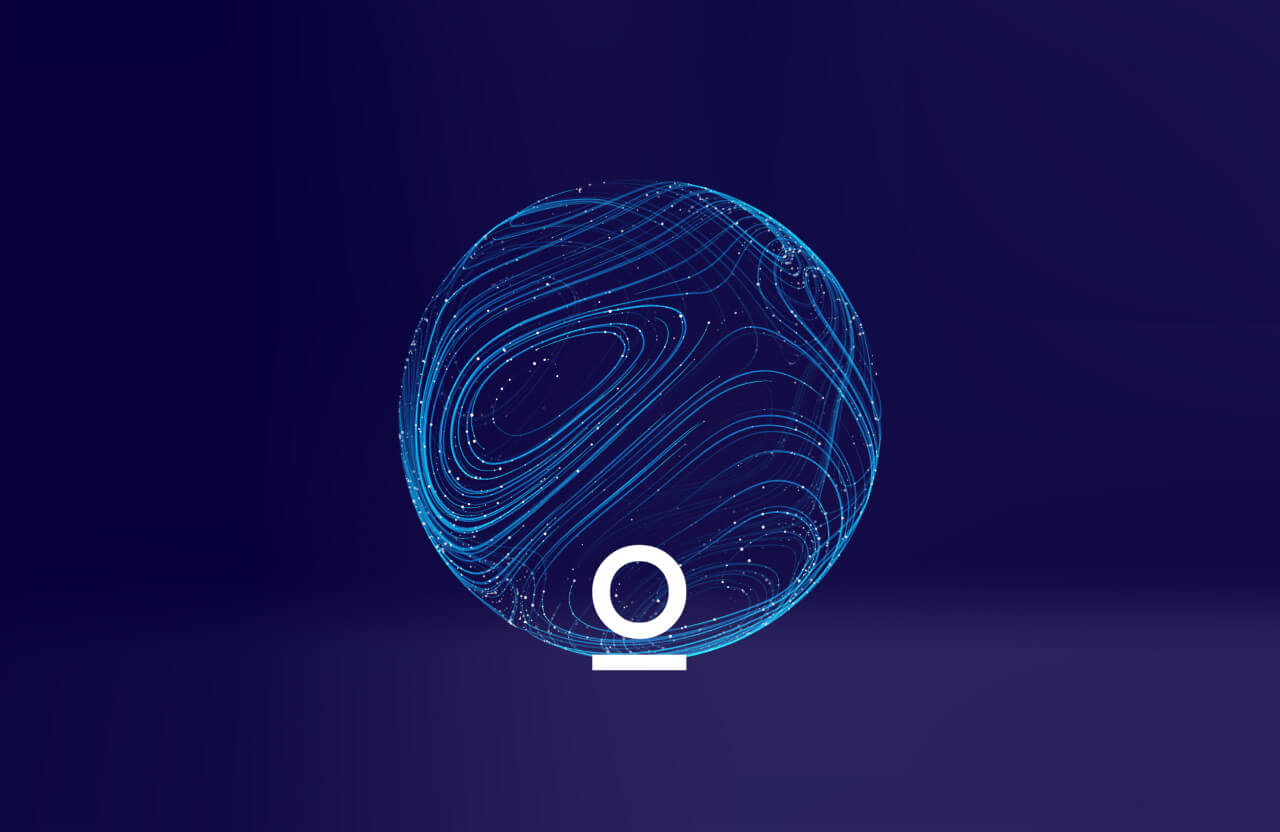At the core of any machine translation system or GenAI is the training data that powers it – without high-quality, vast training datasets, even the most advanced algorithms fail to deliver accurate translations.
The efficacy and capabilities of AI translation tools rely wholly on letting algorithms learn the true breadth and nuances of languages via data at scale. Training data encompasses not just vocabulary but the contextual and cultural wisdom that enables translating ideas versus words. It is this data flowing through neural networks that allows AI translation models to decode intricate grammar rules, learn platitudes and phrases, identify positive versus negative tones, and pick up on societal norms critical for localization.
As cross-border business and communications continue expanding globally, the need for accurate and culturally nuanced translations into languages like Arabic is greater than ever. However, free online translation tools often fall short of properly conveying context and emotion essential for resonating with local audiences.
Google Translate relies on crowdsourced translations from random contributors instead of professional linguists. Anyone from experts to laypeople can submit translated terms, phrases, and idioms, often inaccurately. This lack of quality control introduces serious risks when using Google Translate for vital communications.
On the other hand, entrusting confidential documents to Google Translate is akin to letting an unqualified friend handle critical legal translations. Perhaps even worse, some mischievous contributors intentionally submit offensive translations to troll the system. This is where pioneering localization service providers like Tarjama can step in to address the need for quality Arabic-secured translations.
Harnessing more than 15 years of expertise, Tarjama’s specialized neural machine translation (AMT) engine effectively connects advanced AI with the intricacies of the Arabic language. This is achieved by leveraging top-notch business data and the collaborative power of human linguists, ensuring the delivery of accurate, business-centric Arabic translations.
Tarjama’s AMT integrates easily into workflows while securing data with stringent encryption measures per ISO 27001 standards. Additionally, tailored AMT models can be custom-trained on client data for unparalleled accuracy.
Acknowledging the distinctive challenge presented by the scarcity of Arabic low-sourced data in the realms of information processing and artificial intelligence, the constraints on resources for the Arabic language, when compared to more extensively studied counterparts, pose a significant obstacle to obtaining comprehensive and diverse datasets. Addressing typical limitations associated with Low-Resource Language, such as Arabic, Tarjama employs an advanced Human-in-the-Loop approach to navigate these challenges effectively.
This innovative methodology involves collaboration between in-house translators and AI, working together to enhance outputs by rectifying factual errors, refining language to achieve near-human fluency, and employing appropriate terms and styles. With a foundation of robust and meticulously refined Arabic data, the AMT system attains elevated proficiency levels, leveraging the expertise of seasoned linguists to ensure precision and sensitivity in translations.
Furthermore, Tarjama actively contributes to the progress of Arabic Natural Language Processing (NLP) research. Through the provision of Arabic datasets and valuable insights to various institutions, Tarjama plays a pivotal role in advancing Arabic AI, ultimately enhancing its capacity to serve the language’s vast community of half a billion speakers on a global scale.
As businesses expand into the Middle East’s booming markets, precise Arabic localization is key to engaging consumers. With their tech-enabled human translators, Tarjama unlocks the potential of AI to provide high-quality Arabic translations that Arabic speakers trust.
Keen to delve deeper into AMT? Whether you’re a startup or a global enterprise, we’re here to assist you in devising a tailored plan that suits your needs. Reach out to one of our proficient product experts today!
